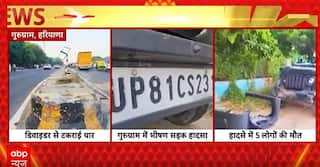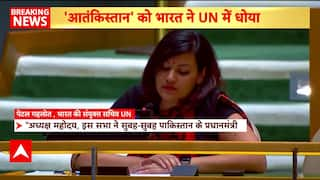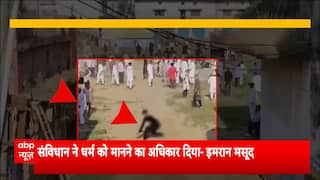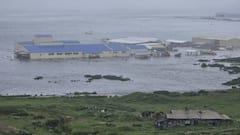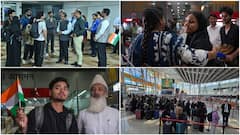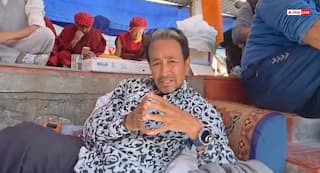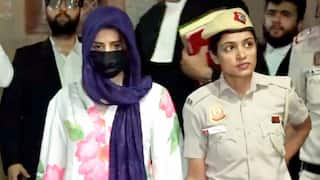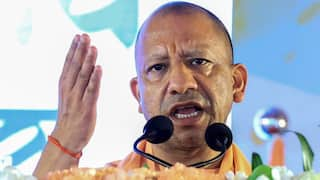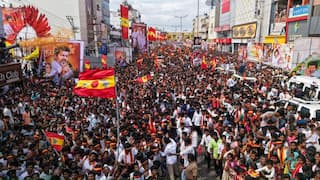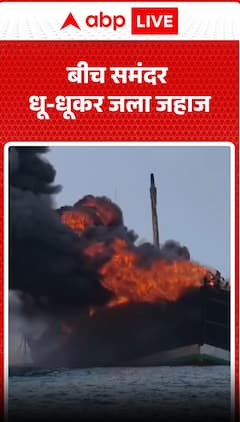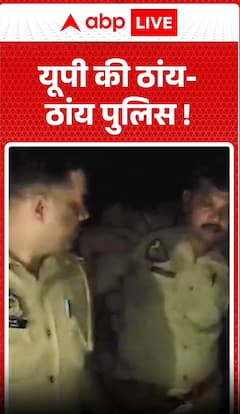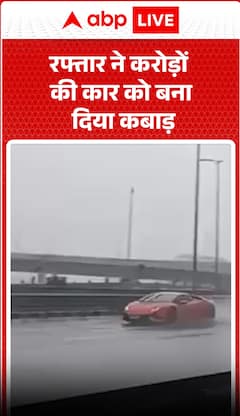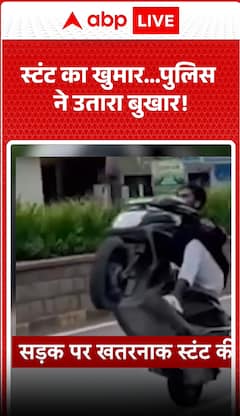Nepal Election Today: From Parties In Fray To Seats To Key Issues, All You Need To Know
Nepal has seen 32 governments in as many years of democratic exercise since 1990 and 10 governments in the 14 years since a 239-year-old monarchy was abolished in 2008.

New Delhi: About 18 million people are expected to cast their votes today in Nepal to elect new members of parliament and seven provincial assemblies. The 275-member parliament, as well as the 550 members of seven provincial assemblies, will be elected through a mix of first past the post and the proportional representation system in the Sunday polls.
Out of a total of 275 members of the federal Parliament, 165 will be elected through direct voting, while the remaining 110 will be elected through a proportional electoral system, as reported by PTI.
Similarly, out of a total of 550 members of the Provincial Assembly, 330 will be elected directly and 220 will be elected through the proportional method.
The result is expected to be declared within two weeks.
ALSO READ: Nepal Set For National And Provincial Elections On Sunday
Political stability
Nepal has seen 32 governments in as many years of democratic exercise since 1990 and 10 governments in the 14 years since a 239-year-old monarchy was abolished in 2008.
The country's elections are a fight between the coalitions.
Three major parties of Nepal- the Nepali Congress, the Communist UML party and the Maoist Centre, have all headed various coalitions in the past, but none has completed a full five-year tenure because of power struggles and infighting.
Eighty percent of Nepalis are Hindus, with the rest Buddhists, Muslims and Christians.
ALSO READ: ED Quizzes YSRCP Leader In Nepal Casino Case
Main contestants
Current Prime Minister Sher Bahadur Deuba, who leads the Nepali Congress party, has allied with the Maoist Centre party. Deuba, who is now 76, is seeking to return to power for the sixth time. His Nepali Congress party is known to be the closest to India.
The UML, led by 70-year-old K P Sharma Oli, is in a loose alliance with a royalist group. Oli, known for his pro-Beijing stance during previous terms, is the favourite for prime minister if his alliance wins. He has been prime minister twice before.
In case of inconclusive elections, the Maoist Centre party led by supremo Prachanda could emerge as a kingmaker. Prachanda, who still goes by his nom de guerre meaning “fierce”, is also aspiring for the top job.
Out of a total of 2,412 candidates contesting the election for the federal government, 867 are independents, as reported by the news agency PTI.
Sandwiched between India and China, Nepal's slowing economy because of the rising energy and food prices, monetary tightening, and fears of a global recession are the key issues in this election.
The $38 billion economy is expected to grow by 4.7 percent in the current fiscal year, which begins in mid-July, down from its prior forecast of 5.8 percent, according to the Asian Development Bank (ADB).
The Himalayan nation's rising inflation, hovering at more than 8 percent this year, has hit about one-fifth of the country’s people, who live on less than $2 a day.
Election promises
Being one of the poorest countries in the world, Nepal's economy is mostly dependent on foreign aid, tourism and remittances from its overseas workers. Western aid comprises more than 30 percent of its annual budget.
Over the next five years, political parties have pledged to lower interest rates, offer free medical care, improve transportation, and boost the economy.
The Nepali Congress party has committed to generate 250,000 jobs annually if it returns to power, whereas the main opposition Communist Unified Marxist-Leninist (UML) has offered to create 500,000 jobs per year.












